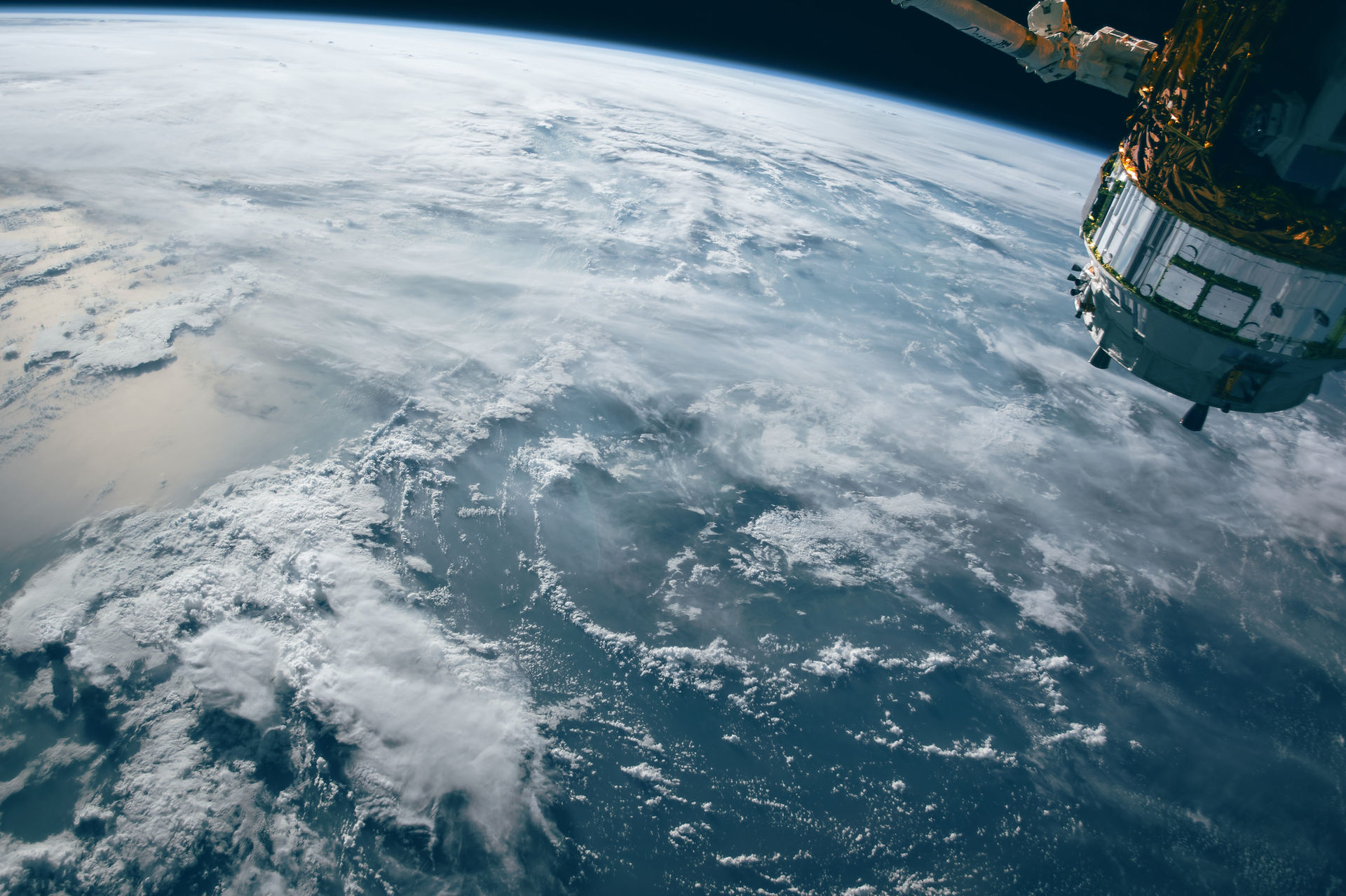
CLASSIFICATION OF MATTER
CLASSIFICATION OF MATTER
ACTIVITIES
ACTIVITY 1: PROPERTIES OF MATTER
We are all familiar with the three states of matter: solid, liquid, and gas. We have also encountered the Law of Conservation of Matter in the previous discussions which states that, matter cannot be created or destroyed in a chemical reaction. This means that a solid won’t remain a solid as it undergoes chemical reaction, same goes with liquid and gas. And, that is where changes of matter come in. It could be a chemical change or a physical change. It also entails what property the matter has upon undergoing such change. Does it have the physical property or the chemical property?
Through this experiment, students will be able to identify what change the matter has undergone and explain the concepts behind those changes affecting the properties of matter.
PROCEDURE:
Prepare the following materials:
EXPERIMENTATION PROPER:
As soon as the materials are prepared, follow the instructions below and observe:
-
Burn the match sticks (Be careful when handling with fire).
-
Mix the vinegar with baking soda.
-
Melt the ice under the heat of the sun.
-
Crumple the sheet of paper.
-
Dissolve sugar in water.
GUIDE QUESTIONS:
-
State the appearance before and after the matter has undergone change.
-
What change did it undergo? (Physical or Chemical)
-
Which properties of matter did it have after undergoing such change?
-
From your observations, explain the difference between physical and chemical change, as well as physical property and chemical property.
After doing these series of activities, note your observations. State the end product of each experiment and identify whether the materials have undergone physical or chemical change. Present the results of your experiment in a video form and explain why and how the state of the end-product has undergone such change.
Upload your laboratory report videos in YouTube and share the links here. Put your reviews, reflection and insights of your classmate’s video in the comment section as an evaluation.






Match
Baking soda and
Vinegar
Ice
Paper
Sugar
Water
ACTIVITY 2: CLASSIFICATION OF MATTER
I. Matter can exist in one of five states: solid, liquid, gas, plasma, or Bose–Einstein condensate. There are only three main states of matter that is present in most of our daily lives, naming: Solid, Liquid, and Gas. Identify the classification of the following:
II. Identify each substances according to its Physical or Chemical property. Identify each substance by the characteristics:
If Physical:
-
Appearance
-
Texture
-
Color
-
Odor
-
Density
-
Solubility
-
Attraction (to magnets)
-
Repulsion (to magnets)
If Chemical:
-
Reactivity
-
Toxicity
-
Flammability
-
Oxidation
-
Heat of Combustion
-
Chemical Stability
Note: You can send or submit the laboratory report in our e-mail.
Guide Questions:
-
Why do we need to classify each and every substance?
-
Based on your observations, what characteristic of the classification of matter do we use to identify substances in our daily lives?



